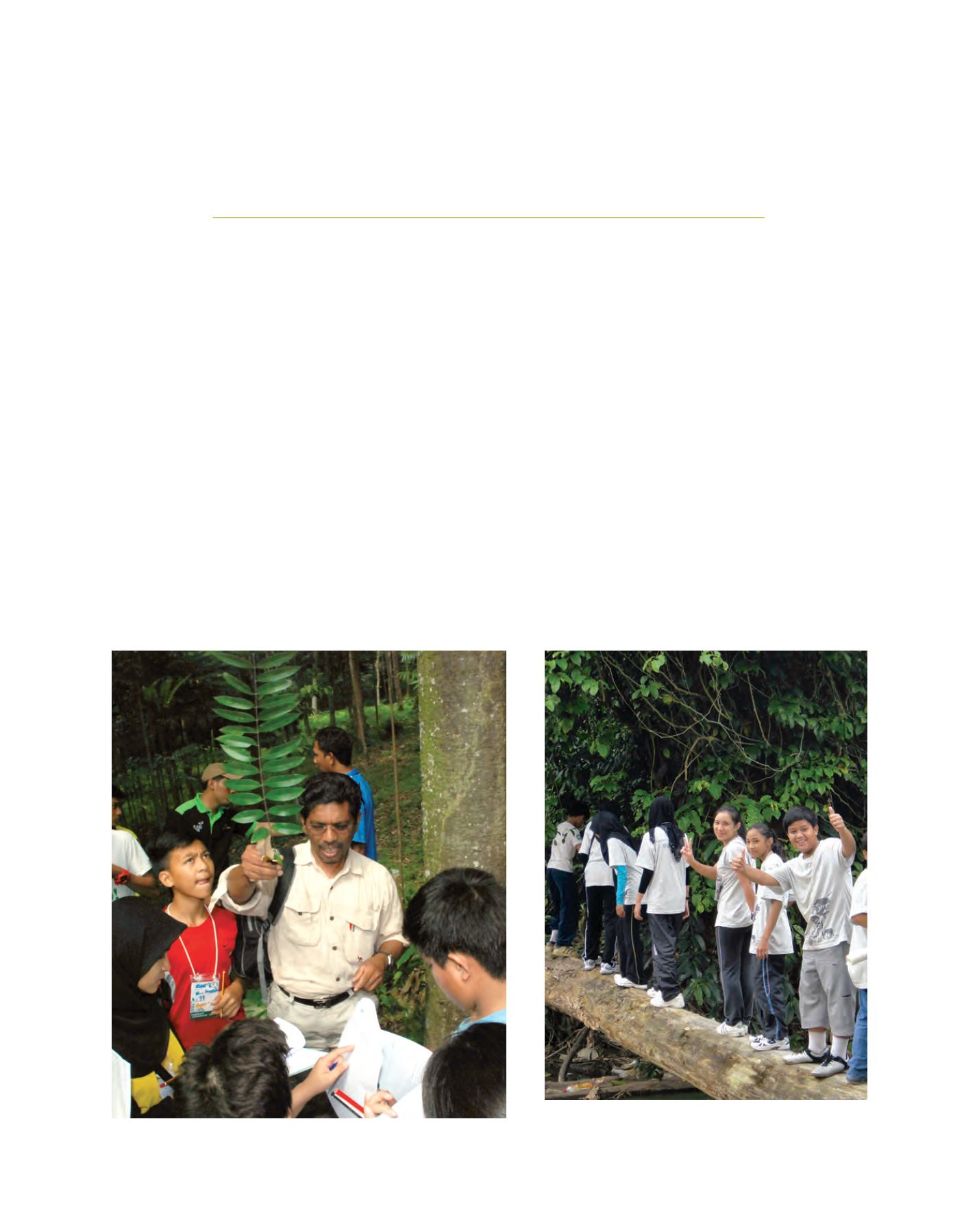

[
] 99
Multiplying socio-economic
benefits from sustainable forestry
Cheah Kam Huan, Chief Executive Officer, Malaysian Timber Council
M
alaysia has a long legacy of well-managed forests, in
which responsible utilization of rich forest resources
has been practised for over a century. The timber
sector began to play a significant role in Malaysia’s economy
in the early 1970s, giving rise to the need to continually review
and improve forest management practices in tandem with the
changing societal requirements for balanced socio-economic
development without jeopardizing the integrity of the natural
forest ecosystems.
The framework for implementing sustainable forest management
(SFM) was harmonized and laid out in the National Forestry
Policy (NFP) which was approved and adopted by the National
Land Council in 1978. The NFP was further strengthened by the
approval of the National Forestry Act in 1984 and its subsequent
amendment in 1993. Nonetheless the implementation of SFM was
not without challenges and the trade in such timber
was met with strong resistance from environmental
communities, which advocated a ban on the sale of
tropical forest products.
Against this backdrop, the Malaysian Timber
Council (MTC) was set up in January 1992 through
public-private collaboration between the Malaysian
Government and the timber industry with the main
goal of ensuring the sustainability of the industry.
Taking on the holistic aim of maintaining the nation’s
tropical forests through SFM, MTC focuses its work
on enhancing the values of the forests by promoting
and facilitating the development and growth of the
Malaysian timber industry and reinforcing the down-
stream economic processes. Specific functions of the
MTC include improving industry competitiveness,
Identification of trees were amongst the skills taught at the Forest Leadership Camp
Leadership camp participants getting up-close and personal with
nature. Forest appreciation through jungle-trekking
Image: Malaysian Timber Council
Image: Malaysian Timber Council
















